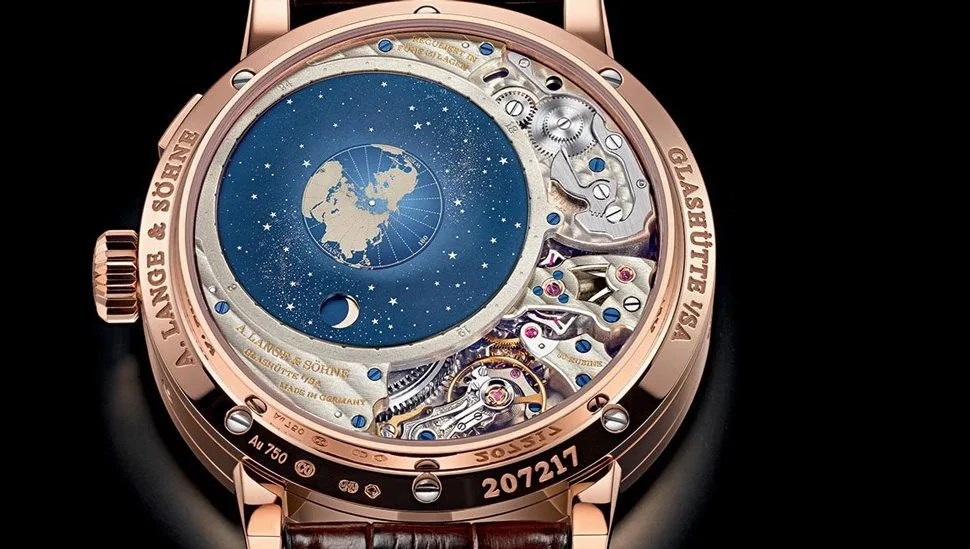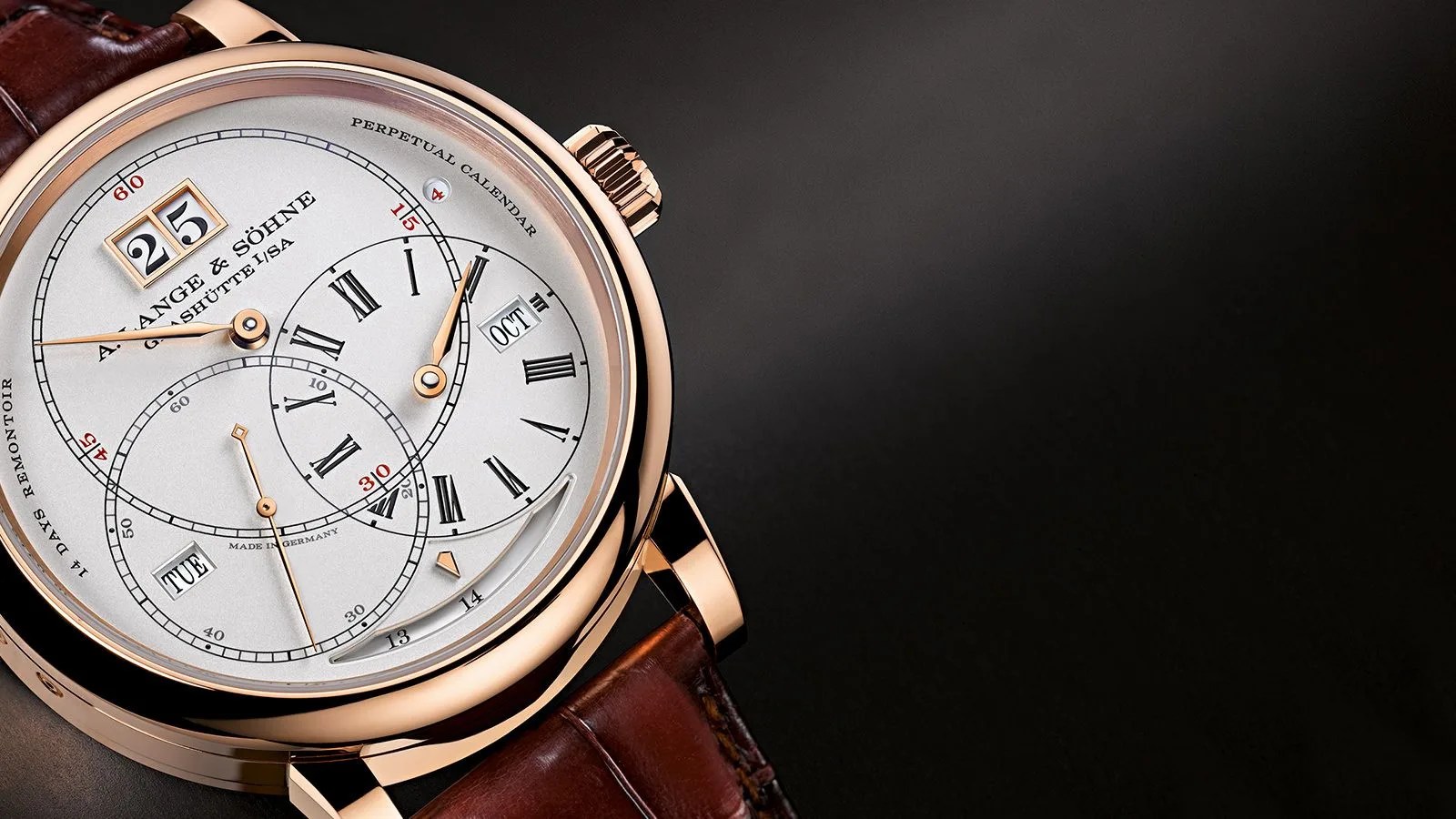Every year, watchmakers from Switzerland, Germany and Japan emerge from their mountain ateliers to show us what they’ve been tinkering with all year. The big trade shows of winter and spring, SIHH and BaselWorld, are traditionally places where much buzz surrounds new complications, case materials and designs. Watchmakers are a quiet lot, but let’s face it: there’s competition. Who’s got the slimmest, the deepest, the most complicated? The big names jealously eye each other’s wares and pundits retire to their blogs to debate the winners and the also-rans for the remainder of the year. But there is one brand for whom the only competition is itself: A. Lange & Söhne. For a company that’s only celebrating its 20th year in business (albeit after 50 years lying dormant during a Communist expropriation), the German brand has enjoyed an extraordinary rise to the top of the horological heap, annually turning out the most exquisite timepieces to almost unanimous acclaim. 2014 was no exception. At the SIHH, Lange debuted perhaps its greatest accomplishment to date: the Richard Lange Perpetual Calendar Terraluna.
First of all: the name. Richard was the second generation of Langes (one of the two “Söhnes” of founder Ferdinand Adolph) and a master watchmaker and scientist himself. Among his accomplishments during his tenure at the family business was the first use of beryllium in a hairspring, a practice Lange patented and which is now used in most watch escapements to this day. The Richard Lange name is reserved for some of the most special timepieces in the brand’s collection, largely inspired by the observation pocket watches built under Richard’s supervision in the early 1900s — legible, accurate and durable timepieces used by ship’s navigators and explorers alike. In fact, it was a Lange-built watch that accompanied the German Antarctic expedition of 1901 that mapped much of the continent’s coastline. The current line of Richard Lange watches have broad, clean dials with Roman numerals, begging to be used as a time reference.
While Lange has built more complicated watches (see last year’s GP100 pick, the Grande Complication), none hare as jaw-droppingly stunning as the Terraluna. On the front, a regulateur-style dial, with overlapping minutes, hours and seconds subdials, reminiscent of those clocks used for precise time reference in watchmaking ateliers and astronomical observatories. But this is also a perpetual calendar and thus the day, month and leap year indiction are also present, in addition to Lange’s trademark oversized date window. As busy as all this sounds, the dial somehow defies the complexity of this timepiece in a legible layout befitting the Richard Lange name. There’s even a subtle power reserve gauge that indicates the runtime left from its astonishing 14-day(!) mainspring.
Left on its own, this would be a fine watch, one of Lange’s most handsome in its sober legible elegance. But turn the watch over and a riot ensues; on the back is an entirely different timepiece, colorful, dynamic and complex.
There are moonphase watches and then there is the Terraluna. Much of the real estate under the sapphire case back is occupied by the night sky, a disc showing the major constellations of the Northern Hemisphere, surrounding a view of the Earth from above the Pole. This is no mere ornamentation: the Earth rotates in time with its real-world counterpart, once every 24 hours, while the star chart rotates in the opposite direction, keeping the constellations precisely where they should be. Set into the star chart disc is a moonphase aperture that moves with the night sky and displays the correct moonphase for any given time of the month. It’s so accurate that it only requires resetting once every millennium. Leave a note for your descendants.

